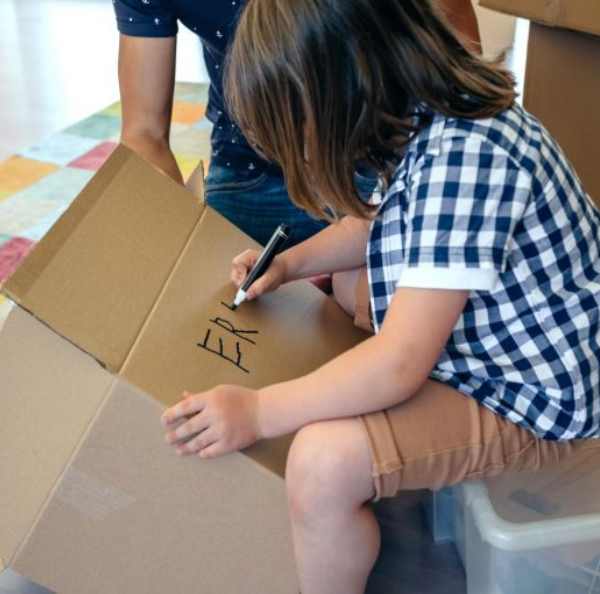Ah, packing. The most dreaded part of moving. So much so, that many people wait until the last possible moment to pack and forget items or don’t pack them safely in a hurried rush. However, if you start well enough in advance (at least a week or more before moving) and follow these packing tips, packing will be less of a stress and more of a breeze.


